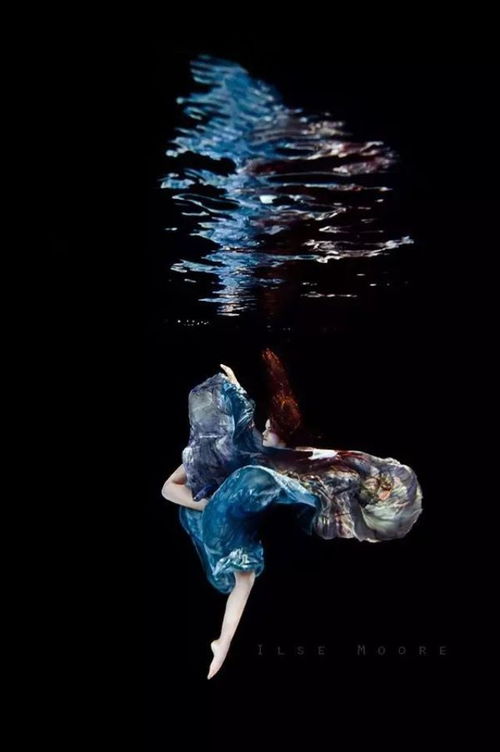Catching Fish in Stream: Essential Techniques for Anglers
The allure of fishing in a tranquil stream is undeniable. The gentle babble of water, the vibrant aquatic life, and the serene environment make it a paradise for anglers. However, catching fish in a stream can be quite different from fishing in a lake or pond. Streams are dynamic, with varying currents, depths, and habitats. To be successful, anglers need to adapt their techniques accordingly. In this article, we will delve into the essential techniques for fishing in a stream, focusing on how to catch fish effectively in these lively environments.
Understanding Stream Fish Behavior

Before we dive into the fishing techniques, it's crucial to understand the behavior of fish in a stream. Fish in streams are generally more active and can be more challenging to catch. They are constantly moving, often in response to the current, which means they may not stay in one place for long. Here are some key points to consider:
Water Flow: The speed and direction of the water flow can significantly impact fish behavior. Fast-moving water can stress fish, making them less likely to bite. Conversely, slower, more oxygen-rich water is often more productive.
Habitats: Fish in streams tend to seek out areas where they can find cover, such as rocks, logs, and submerged vegetation. These habitats offer protection from predators and provide a resting spot.
Feeding Patterns: Fish in streams are often feeding on smaller organisms like insects, crustaceans, and other fish. Understanding their feeding patterns can help you present your bait or lure at the right time and place.
Choosing the Right Equipment
The right equipment can make a huge difference in your success rate when fishing in a stream. Here are some key pieces of equipment to consider:
Rod and Reel: A lightweight, flexible rod is ideal for fishing in streams. A spinning rod is a popular choice due to its versatility and ease of use. The reel should be matched to the rod, with a drag system that can handle the force of a strong stream current.
Line: Use a monofilament line that is strong yet flexible. The thickness of the line should be appropriate for the fish you're targeting and the conditions of the stream.
Hooks: Smaller hooks are generally more effective in streams. The size should be matched to the bait or lure you're using and the size of the fish you're targeting.
Bait and Lures: Natural baits like worms, insects, and minnows can be effective, but artificial lures can also be productive. Consider using lures that mimic the movement of natural prey or are known to attract the species you're targeting.
Techniques for Catching Fish in Streams
Now that you have the right equipment and a basic understanding of fish behavior, let's look at some specific techniques for catching fish in streams:
Nymphing: This technique involves fishing a nymph under the surface with a strike indicator. The nymph is presented just above the bottom, where many fish are feeding. Adjust your casting and retrieving technique to mimic the natural movement of the nymph.
Dry Fly Fishing: Dry fly fishing is a popular method for catching trout in streams. The key is to present the fly in the most natural way possible, often by casting across and slightly upstream of the fish. The fly should land softly on the water and then be allowed to drift naturally.
Streamers: Streamers are artificial lures that imitate larger fish, such as minnows or baitfish. They are fished with a slow, steady retrieve, or by stripping them in and out of the water to create a lifelike motion.
Wading and Positioning: When wading in a stream, it's important to move carefully and be mindful of your steps. Look for quiet spots in the current where fish might be holding. Position yourself upstream from the fish to allow for natural drifts.
Reading the Water: Pay attention to the water's flow, depth, and structure. Observe where the fish are likely to be and adjust your approach accordingly. Look for areas with different currents, depths, or obstructions that might hold fish.
Timing and Patience: Fish in streams can be unpredictable. It's important to be patient and wait for the right moment to cast. Sometimes, simply waiting for a fish to come to you can be the key to a successful catch.
Conclusion
Fishing in a stream can be a rewarding and challenging experience. By understanding the behavior of fish in these environments, choosing the right equipment, and employing effective techniques, you can increase your chances of success. Remember to always respect the natural environment and practice ethical fishing. With practice and patience, you'll become a master at catching fish in the lively waters of a stream. Happy fishing!












